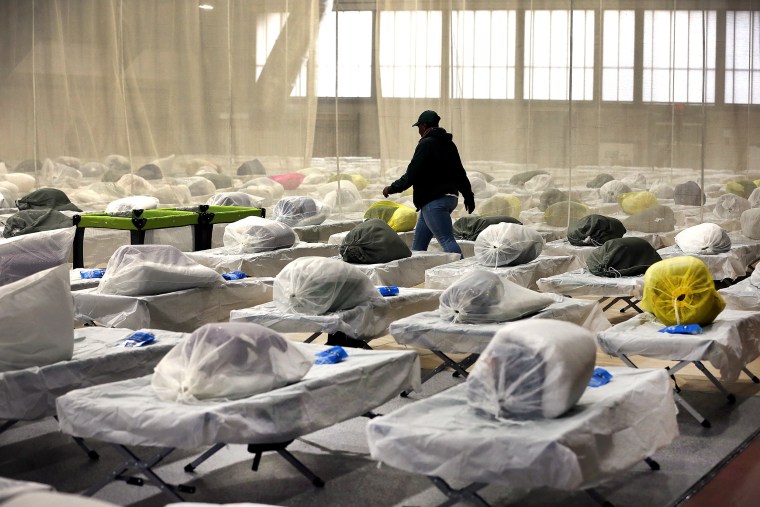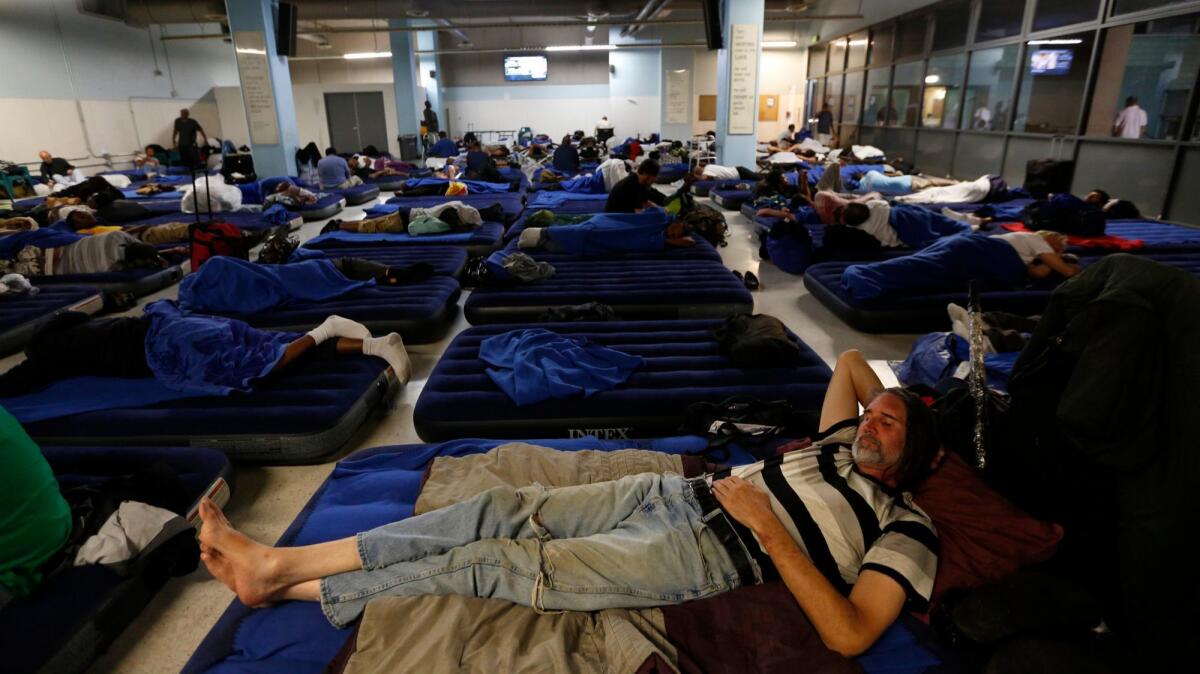Why are tiny houses better than shelters.
Compared to typical shelters, tiny houses provide a more just and sustainable way to end homelessness, meeting all four requirements for just sustainability. First off, by giving the homeless population private apartments with basic utilities like power, air conditioning, and laundry facilities, that greatly enhances their quality of life and general wellbeing. This promotes individuals’ general well-being by guaranteeing them a sense of privacy, security, and dignity. Second, by providing tiny houses suitable for single people, couples, and families, tiny homes address the requirements of both current and future generations. Tiny homes give occupants a permanent living environment that meets their long-term housing needs, in contrast to shelters, which frequently offer transitional lodging. Thirdly, by providing housing alternatives that are affordable for a wide variety of people, including those who have partners or pets, tiny house villages advance justice and equity. Additionally, these villages address the particular needs and difficulties experienced by various communities facing homelessness, fostering inclusion and justice, by offering wraparound services and customized assistance. Finally, with the use of small living areas, environmentally friendly materials, and the creative reuse of unused land, tiny houses show a dedication to living within ecological bounds. This makes them a more ecologically responsible and sustainable option by reducing their environmental impact while addressing the urgent problem of homelessness. All things considered, tiny homes provide an all-encompassing and comprehensive strategy for ending homelessness that puts the welfare of people, communities, and the environment first.


Kurt Kruhlinski, 53, foreground, joins dozens of other homeless men in the day room that is now being used in the evening for emergency bedding at the Union Rescue Mission.

